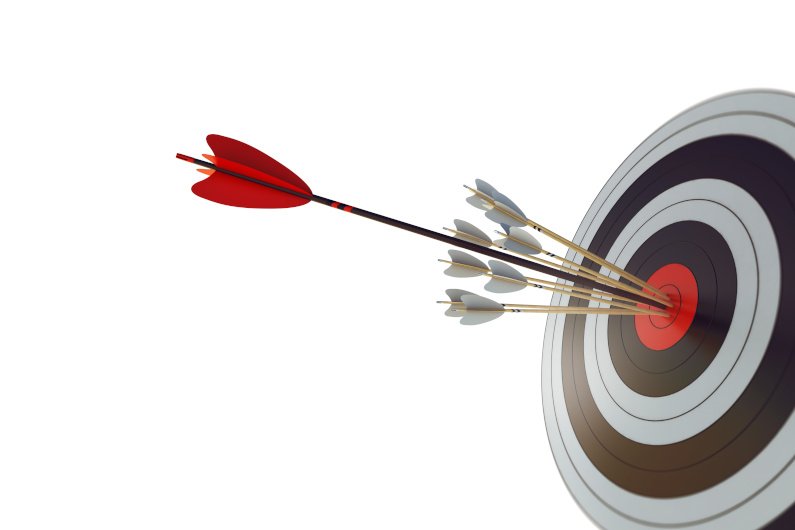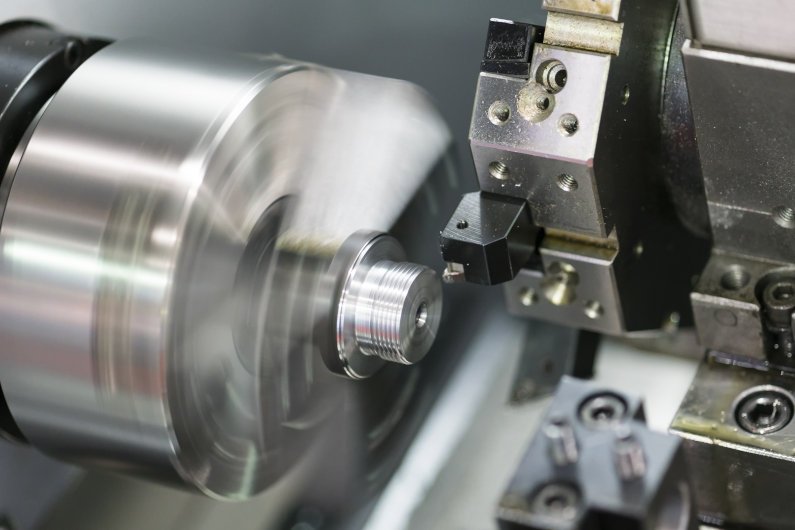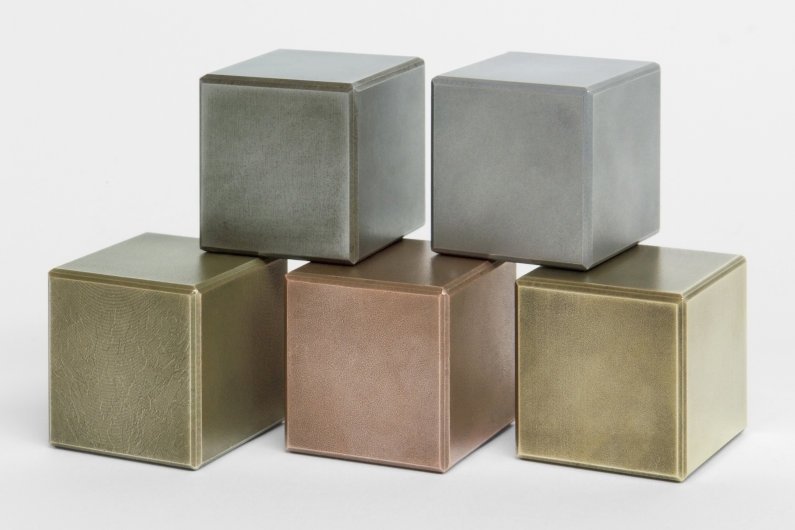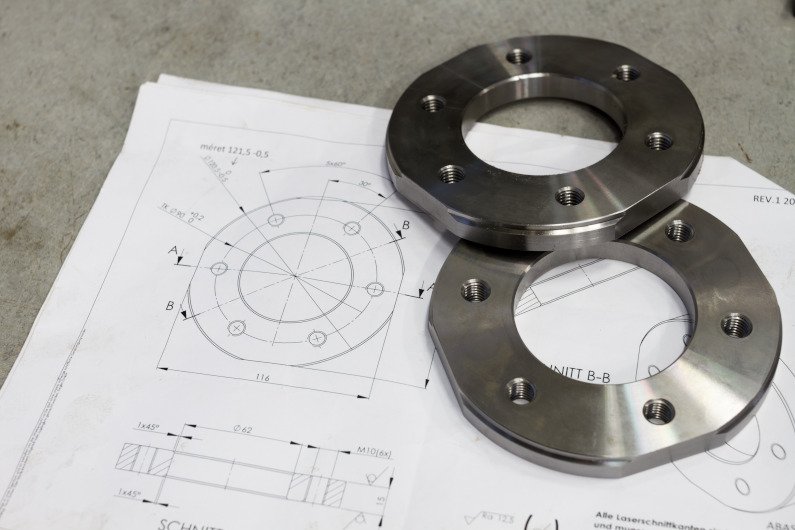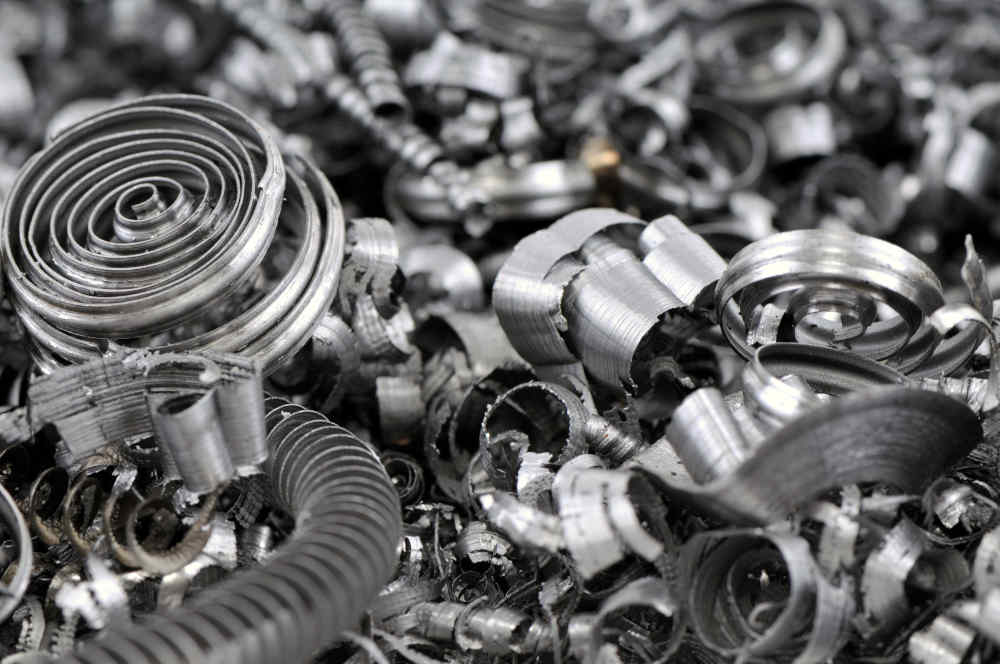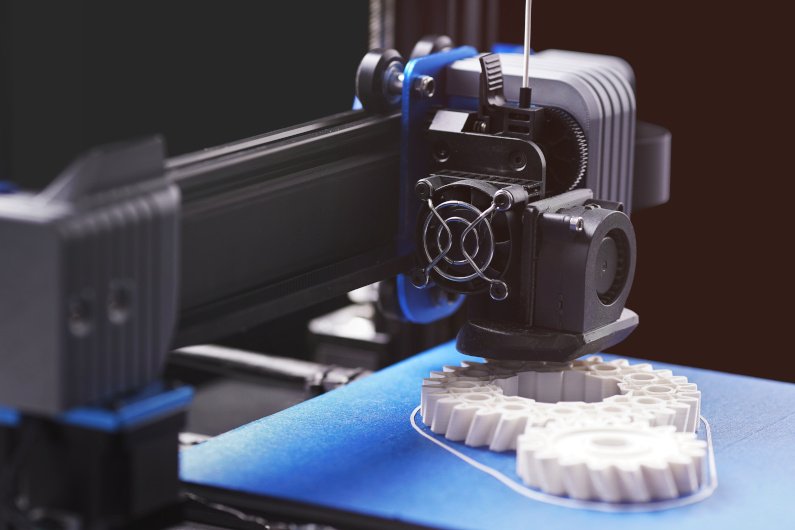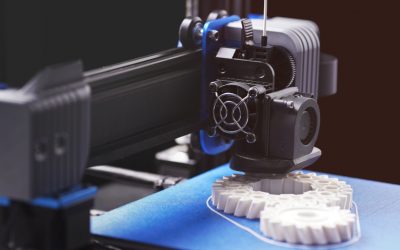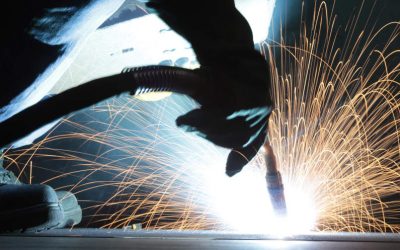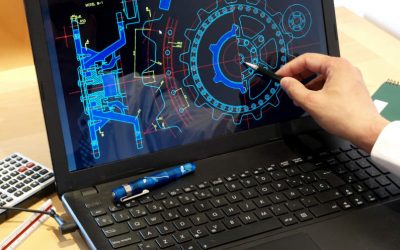Hopefully, our previous article on rapid prototyping has enlightened you about the advantages of rapid prototyping in the engineering and design process.
But even after you decide to take the plunge, you’re still likely to be at a crossroads; either you choose CNC machining or additive manufacturing for your rapid prototyping project.
This article presents the advantages and disadvantages of using CNC rapid prototyping for your product development project. It will serve as a guide to help you make the right decision and stay ahead of your competitors.
Advantage #1 CNC Rapid Prototyping Machines are Accurate
Computer numerical control (CNC) machines are among the most accurate machining technologies today. And this is because most of the CNC machining process is fully automated, eliminating the “human error” factor common in conventional manufacturing processes like injection molding.
A product designer looking to fabricate prototypes only needs to create a 3D CAD model of the design. A machine shop will have no problem manufacturing the part precisely to specification. These machines can make parts to tolerances of ±4 μm, which is more than accurate enough for the vast majority of prototyping requirements.
Learn About: Accuracy vs. Precision vs. Tolerances
Advantage #2 CNC Machining is Fast and Allows Easy Modification
The automated nature of CNC machines also makes them very fast. A CNC machine can create prototypes in a matter of hours, whereas conventional manufacturing processes may take days (sometimes weeks) to complete.
What’s more, because CNC machining offers a short lead time, it allows you and your engineering team to quickly test CNC prototype parts and make design modifications necessary for the product to function as desired. Short lead times are especially crucial if you’re looking to stay ahead of your competitors by quickly bringing new products to the market.
Learn About: Feed Rate vs. Cutting Speed
Advantage #3 CNC Machines are Compatible with a Wide Range of Strong Materials
Additive manufacturing technologies like 3D printing share some similarities with CNC machining-both are automated and rely on 3D CAD files to create prototypes. However, what sets CNC machining apart from 3D printing is its compatibility with a wide range of difficult-to-machine engineering materials.
Product developers can better understand the trade-offs between a prototype’s performance, cost, and appearance when made with different raw materials.
Table 1 presents some of the common metals and plastics that can be machined using CNC technology.
| Metals | Plastics |
|---|---|
| Steel | ABS |
| Stainless steel | Teflon |
| Aluminum | PMMA |
| Zinc | POM |
| Copper | LDPE |
| Brass | PC |
| Bronze | PP |
Learn About: CNC Machining Materials
Advantage #4 CNC Rapid Prototyping is Cheap
CNC machining helps to reduce initial investment costs for new product development since it doesn’t require separate or new tools every time you create a prototype. You can channel your resources to other important aspects of product development, such as prototype testing and quality control.
Learn About: The Cost of CNC Machining
Disadvantage #1 Waste Material
CNC machining is a subtractive process — it removes portions of a stock material till the desired prototype part is made from the workpiece. You have to buy more material than what goes into the part, whereas 3D printing builds the prototype from scratch with very little waste.
Disadvantage #2 Some Geometrical Restrictions
Since CNC cutting tools access the workpiece from the top, some features and hidden geometries might be challenging to create. 3D printing may be more suitable in such situations as they are not affected by cutting tool access.
Learn About: CNC Machining vs. 3D Printing
How to Make the Right Decision for Your Situation
CNC machining, 3D printing, injection molding, and urethane casting are not one-size-fits-all, so how do you choose the best one for your rapid prototyping project?
If you’re looking to quickly create large volumes of prototypes with improved structural integrity and good mechanical properties, then you should opt for CNC machining. In contrast, 3D printing is better suited for fabricating small runs of prototypes used to visualize concepts.
Injection molding and urethane casting combine the structural integrity of CNC machining and the good surface finish of 3D printing to create prototypes. However, they are characterized by high tooling costs and long set-up lead times. They may not be a cost-effective option for small runs of prototypes.
Gensun Precision Machining is a leading provider of rapid prototyping services across the globe. We have worked with over 800 innovative companies, providing a wide range of high-quality prototyping services, including 3D printing, CNC machining, injection molding, and urethane casting, among others. Learn more about our rapid prototyping services.

